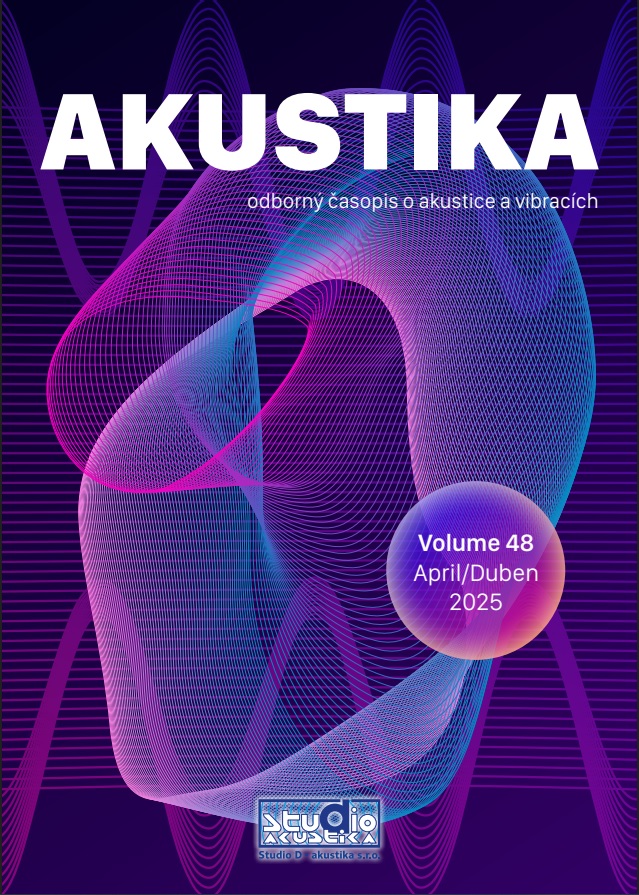ANALYSIS OF STEAM EDUCATIONAL ACTIVITIES FROM PRIMARY TO TERTIARY
DOI:
https://doi.org/10.36336/akustika20254826Keywords:
STEM education, motivation to study, acoustic experimentsAbstract
One of the ways we can motivate young people is by implementing Children's Universities as a form of motivating young people for future studies in science and technology. Young people expect a wide use of information and communication technologies in education. They are eager to work actively and implement their own ideas. Children up to the age of 10 undoubtedly have a real but hidden interest in natural and technical sciences, they want to become scientists and explorers. However, after a few years of education at the primary level, the situation changes completely. Simple acoustic experiments included in the teaching from the lowest levels of the education system stimulate children from early childhood to explore and lead from initial play to subsequent experimentation and discovery of new knowledge. Initial playful experimentation that involves multiple child senses (hearing, sight, and touch) stimulates experimentation at the time of primary education and later at the time of secondary and tertiary education in technical universities motivates analysis and evaluation at higher levels of cognitive goals according to Bloom's taxonomy.

Downloads
Published
Issue
Section
License
Copyright (c) 2025 Peter Hockicko, Gabriela Tarjányiová (Author)

This work is licensed under a Creative Commons Attribution-NonCommercial-NoDerivatives 4.0 International License.
Journal Akustika is peer reviewed journal indexed in Scopus database and
Web of Science.

